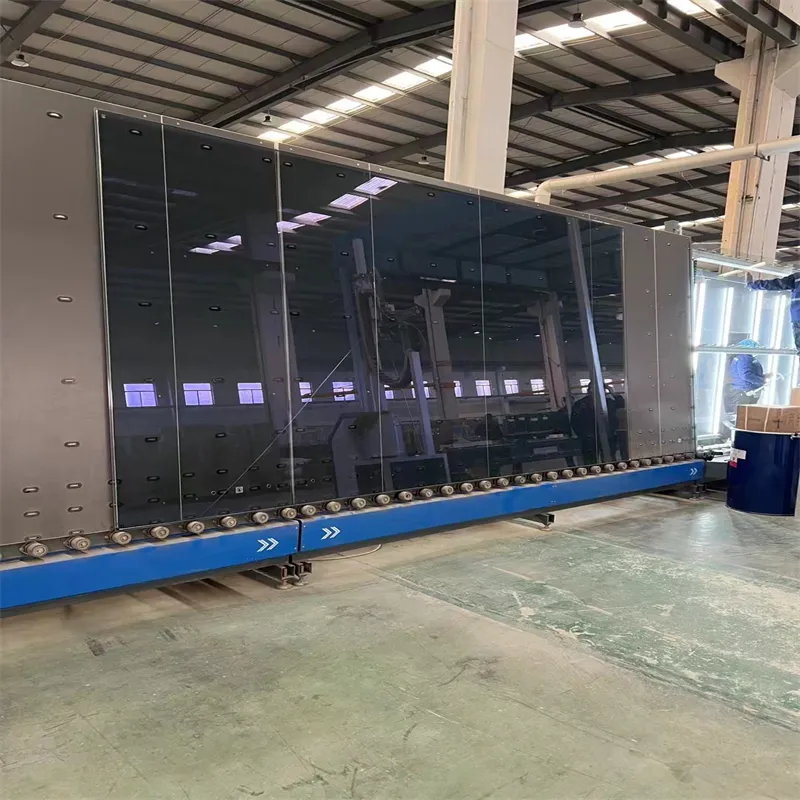9 月 . 15, 2024 03:23 Back to list
types of laminated glass
Laminated glass is a popular type of safety glass that consists of two or more layers of glass bonded together with an interlayer, typically made of polyvinyl butyral (PVB) or ethylene-vinyl acetate (EVA). This unique construction provides enhanced strength, security, and sound insulation, making laminated glass a top choice for a variety of applications, including residential, commercial, and automotive uses. There are several types of laminated glass, each designed to meet specific needs and performance criteria.
One of the most common types of laminated glass is standard laminated glass. This type consists of two sheets of glass with a PVB interlayer in between. The interlayer not only holds the glass layers together in case of breakage, preventing shattering but also offers improved sound insulation and UV resistance. This makes standard laminated glass ideal for use in windows, skylights, and doors where safety and comfort are priorities.
Laminated glass is a popular type of safety glass that consists of two or more layers of glass bonded together with an interlayer, typically made of polyvinyl butyral (PVB) or ethylene-vinyl acetate (EVA). This unique construction provides enhanced strength, security, and sound insulation, making laminated glass a top choice for a variety of applications, including residential, commercial, and automotive uses. There are several types of laminated glass, each designed to meet specific needs and performance criteria.
Security laminated glass is engineered to provide enhanced protection against forced entry, vandalism, and other forms of impact. It typically features multiple layers of glass and thicker interlayers, which make it difficult to break through. This type of glass is often used in banks, government buildings, and high-risk commercial properties. It not only protects against break-ins but also adds a layer of safety during natural disasters, as it helps prevent shattering from flying debris.
types of laminated glass

Another innovative type is tempered laminated glass, which combines the heat-strengthening of tempered glass with the safety features of laminated glass. This type provides a higher level of resistance to thermal stress, making it suitable for environments with significant temperature fluctuations. Tempered laminated glass is commonly used in facades, glass floors, and areas requiring both safety and thermal resistance.
Finally, there is solar control laminated glass, which incorporates coatings or interlayers that reflect or absorb solar energy. This type helps in reducing glare and heat build-up inside buildings, enhancing energy efficiency. It is particularly useful in large glass facades and commercial buildings where sunlight can significantly impact indoor temperatures.
In summary, laminated glass comes in various types, each tailored for specific applications and performance requirements. Its versatility, strength, and safety features make it a favored choice in modern architecture and design, ensuring both aesthetic appeal and practical functionality. As technology advances, the development of new laminating techniques and materials continues to expand the possibilities for this essential building material.
-
Wired Glass: A Strong and Secure Glass Solution for Various Applications
NewsNov.04,2024
-
Tinted Glass: A Stylish and Functional Choice for Modern Homes
NewsNov.04,2024
-
The Elegance and Versatility of Silver Mirrors
NewsNov.04,2024
-
The Advantages of Copper Free Mirrors
NewsNov.04,2024
-
Tempered Glass: A Reliable Choice for Modern Applications
NewsNov.04,2024
-
Pattern Glass: Stylish and Functional Glass for Modern Design
NewsNov.04,2024
Related PRODUCTS














